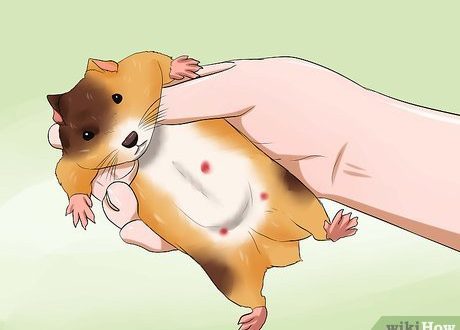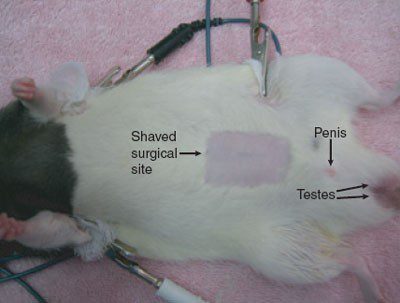
Castration and sterilization of male and female rats
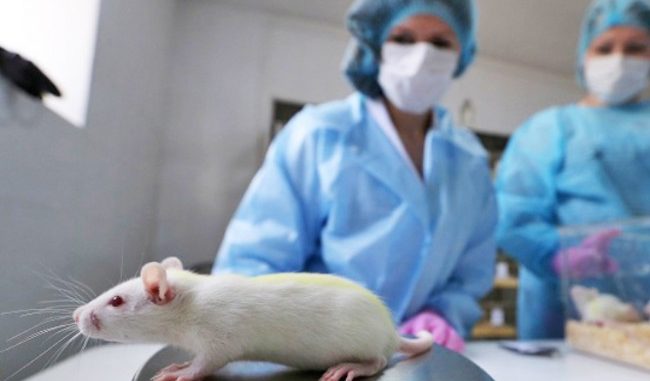
Sterilization of animals is a surgical operation to remove the reproductive organs in males and females. This procedure has long become commonplace in relation to larger pets – cats and dogs, but decorative rodents, including rats, are also subjected to it. Most often, sterilization or castration is carried out with the joint maintenance of heterosexual rats, if the owners do not plan to breed.
Contents
The need for surgery
Rats, like other rodents, are distinguished by their ability to multiply rapidly.
The ornamental rat reaches puberty as early as four months, pregnancy lasts only twenty-one days, and there can be up to twenty cubs in a litter. Therefore, if you bought a pair of different sexes or several rats, then very soon you may encounter an uncontrolled increase in the number of pets. It is necessary either to immediately seat the males and females in separate cages, or to sterilize the animals.
IMPORTANT: Separate keeping in the same room can cause deep stress in rats – the dominant reproductive instinct will constantly force them to look for ways to leave the cage. If you have only two animals, they will yearn in separate cages – rats are pack animals with high social activity, and need constant communication.
Also, rats are castrated in the case of keeping several males in order to reduce aggression in the struggle for hierarchy. In most cases, the animals quickly find out who is stronger and obey the established roles, but sometimes the fights continue and the animals get serious wounds from bites. Surgery often helps to make pets calmer.
Medical indications
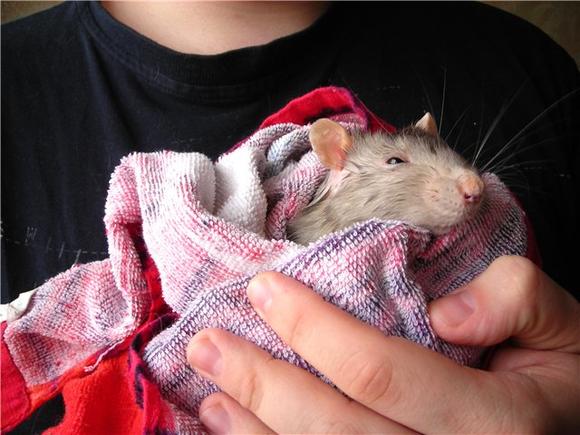
Castration of rats is sometimes prescribed by a doctor when other diseases of the animal affect the reproductive system and the removal of organs is necessary for a cure. Usually these are various inflammatory diseases, cysts, neoplasms in the reproductive organs and mammary glands. There may also be other medical indications:
- the age of the rat – even if the animals are used to produce offspring, females from a year old are usually taken out of breeding and sterilized, since the risk of their death during childbirth is high;
- diseases, exhaustion, beriberi – such animals are also excluded from breeding;
- a high level of animal aggression towards the owner – castration of a rat does not give a XNUMX% guarantee, but often turns out to be an effective tool.
Recently, it has become increasingly popular to perform surgery to prevent the development of oncological diseases. In rats, indeed, neoplasms appear very often, and mostly in the reproductive system. But still there is no direct connection, so it will not work to reliably protect the animal with the help of sterilization.
Advantages and disadvantages
Spaying rats has both positive and negative sides, and is not yet a mandatory operation (except when indicated for health reasons). The advantages of the procedure are as follows:
- the ability to keep rats together – sterilization will forever solve the problem of unwanted pregnancy, will reduce the time for caring for pets. You will not need to keep males and females in separate cages, take turns walking;
- the risk of developing neoplasms in the mammary glands and reproductive organs is reduced;
- reduces the risk of developing pituitary tumors – neoplasms in the brain;
- life expectancy increases.
Unlike larger animals, the operation often does not affect the behavior of rats – your pet will not lose activity, curiosity about the world, and interest in communication. But this can also be a disadvantage – although castration of male rats is often carried out in order to reduce their aggressiveness and biting, the operation does not always help.
IMPORTANT: The disadvantages of sterilization and castration can also include metabolic disorders – although this point is also not as pronounced as in cats and dogs. But still, there is a danger of gaining excess weight, so after the procedure it is better to carefully monitor the pet’s diet.
How is the operation performed
There is a difference in terms: castration means the complete removal of all organs of the reproductive system, and sterilization means the ligation of the fallopian tubes or seminal ducts, as well as partial removal of organs. Most often, it is castration of the rat, as this reduces the risk of tumors. The younger the animal, the more likely it is to tolerate anesthesia and the operation itself well. Therefore, it is recommended to perform the operation at the age of 3-5 months.
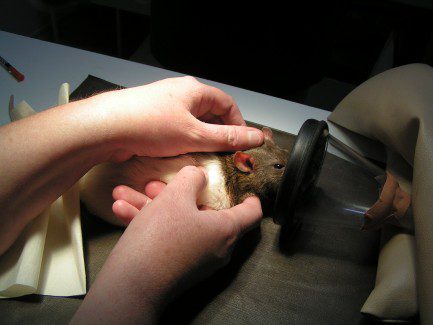
The technique of castration of ornamental rodents is very similar to that of cats. But a number of points make it more difficult. In rats, due to their small size, it is impossible to get convenient online access, the tissues of the organs are thinner, and the intestines take up more space. Also, the technique of suturing is slightly different and special threads are used. Therefore, the doctor must have the necessary experience in surgical operations in small rodents.
There is no need to pre-prepare the rat itself for the operation. If you are keeping a group of animals, you will need a separate cage or carrier for the few days that the stitches heal.
It is better to feed the animal at least two hours before the procedure. Spaying a rat takes 15 to 30 minutes and is done under general anesthesia only. The sutures are made with absorbable thin threads, so they do not need to be removed.
The postoperative period will differ depending on the type of anesthesia – you need to follow the doctor’s instructions exactly.
Until the stitches heal, the domestic rat spends all the time in a special blanket – you can buy it at a pet store or clinic, or sew it yourself. It will also be impossible to let other pets near her for communication and games – they can bite the strings of the blanket, cause accidental injury to the animal with limited movements. It is recommended to place the rat in a carrier or terrarium with smooth walls – this will eliminate the risk of seam divergence from sudden movements and jumps, and the pet will avoid the danger of falling and injuring itself.
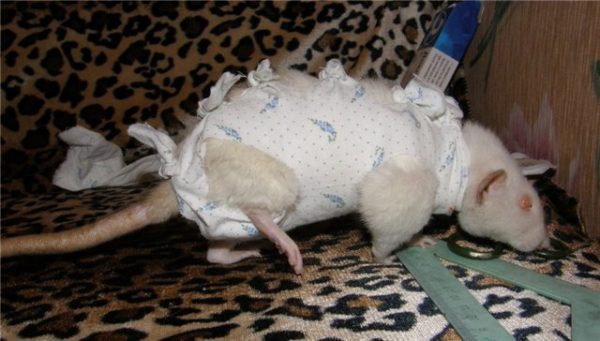
Possible health hazard
Often the owners are afraid to carry out the operation, because the mortality rate after castration in small rodents is quite high. This is due to several reasons. The biggest risk during surgery is associated with anesthesia. Rats are less tolerant of anesthesia than other animals, and their small size makes it highly prone to error in dose calculation. It is also much more difficult for rodents to obtain constant intravenous access in order to regulate the general condition, the depth of sleep.
After getting out of anesthesia, the pet comes to his senses from three hours to a day, all this time there is a danger to his life. It is necessary to monitor the condition of the animal, its heating, food, water. Otherwise, there is a high risk of death from dehydration, the development of a cold, and injury when falling. Often after surgery, rats are left in the hospital under the supervision of a doctor.
The safest option would be to use inhalation anesthesia – in this case, the animal is euthanized with the help of gas, which is constantly supplied through a special mask. The gas does not have such a severe effect on the body of the animal, and awakening occurs within 10-15 minutes after removing the mask. Full recovery of the normal state occurs within an hour after waking up.
Spaying and castrating a rat: pros and cons
3.5 (70%) 8 votes



